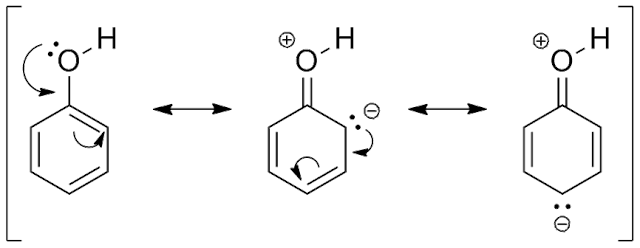Relevant Specification Extracts:
OCR
6.2.3 Polyesters and Polyamides
Condensation polymers
(a) condensation polymerisation to form:
- polyesters (ii) polyamides
Formation from carboxylic acids/dicarboxylic acids (or respective di acyl chlorides) and from alcohols/diols or amines/diamines.
Learners will not be expected to recall the structures of synthetic polyesters and polyamides or their monomers.
Edexcel 18B
14. know that the formation of a polyamide is a condensation polymerisation reaction
15. be able to draw the structural formulae of the repeat units of condensation polymers formed by reactions between:
i dicarboxylic acids and diols
ii dicarboxylic acids and diamines
iii amino acids
AQA
3.3.12.1 Condensation polymers (A-level only)
Condensation polymers are formed by reactions between:
dicarboxylic acids and diols
dicarboxylic acids and diamines
amino acids.
The repeating units in polyesters (eg Terylene) and polyamides (eg nylon 6,6 and Kevlar) and the linkages between these repeating units.
Typical uses of these polymers.
Students should be able to:
draw the repeating unit from monomer structure(s)
draw the repeating unit from a section of the polymer chain
draw the structure(s) of the monomer(s) from a section of the polymer
explain the nature of the intermolecular forces between molecules of condensation polymers.
dicarboxylic acids and diamines
amino acids.
The repeating units in polyesters (eg Terylene) and polyamides (eg nylon 6,6 and Kevlar) and the linkages between these repeating units.
Typical uses of these polymers.
Students should be able to:
draw the repeating unit from monomer structure(s)
draw the repeating unit from a section of the polymer chain
draw the structure(s) of the monomer(s) from a section of the polymer
explain the nature of the intermolecular forces between molecules of condensation polymers.
Polyamides
In this second post on condensation polymers, I’m looking at the formation of polyamides, defining the repeat units of polyamidess (e.g Kevlar or Nylon 6:6), and the nature of the intermolecular forces that exist between these polymer molecules.
I’m going to discuss how dicarboxylic acids (or acyl chlorides ) combine with diamines and how to spot the repeat unit and the linkage between repeat units of polyamide.
Formation of polyamides
As their name suggests polyamides are part of the amide family of molecules and contain the –CONH– functional group.
Like aliphatic and aromatic amides, polyamides are formed from either a carboxylic acid and an amine or a carbonyl chloride and an amine.
However, there is a distinguishing feature of these carboxylic acids and carbonyl chlorides: they are di–carboxylic acids and di–chlorides i.e. they have two acid groups or two acid chloride groups. Similarly the amines used are diamines.
A typical dicarboxylic acid is hexan–1,4–dioic acid and a typical amine might be 1,6–diaminohexane. See below for their structures:
hexan–1,4–dioic acid
1,6–diaminohexane
When these molecules combine a small molecules is eliminated in the case above that molecule is water H2O.
You can see that described in the reaction scheme below:
You can see how the structures allow for a chain of units of acid and alcohol linked by amide groups to develop.
You should be able to draw the repeat unit of a typical polyamide such as Kevlar or Nylon 6:6. These are shown below:
Nylon 6:6
Kevlar

You should also be able to highlight the amide functional group in the polyamide structure as below.
If the acid used is hexan–1,4–dioic acid and the diamine is 1,6–diaminohexane then the resultant polymer was originally called Nylon 6:6.
And here is a picture of the actual material Nylon6:6 before it is spun and. stitched into a textile:
Such polyamide molecular chains stick together through the use of polar bonds (between CO groups and NH groups) and temporary dipole forces (between aromatic groups).









































